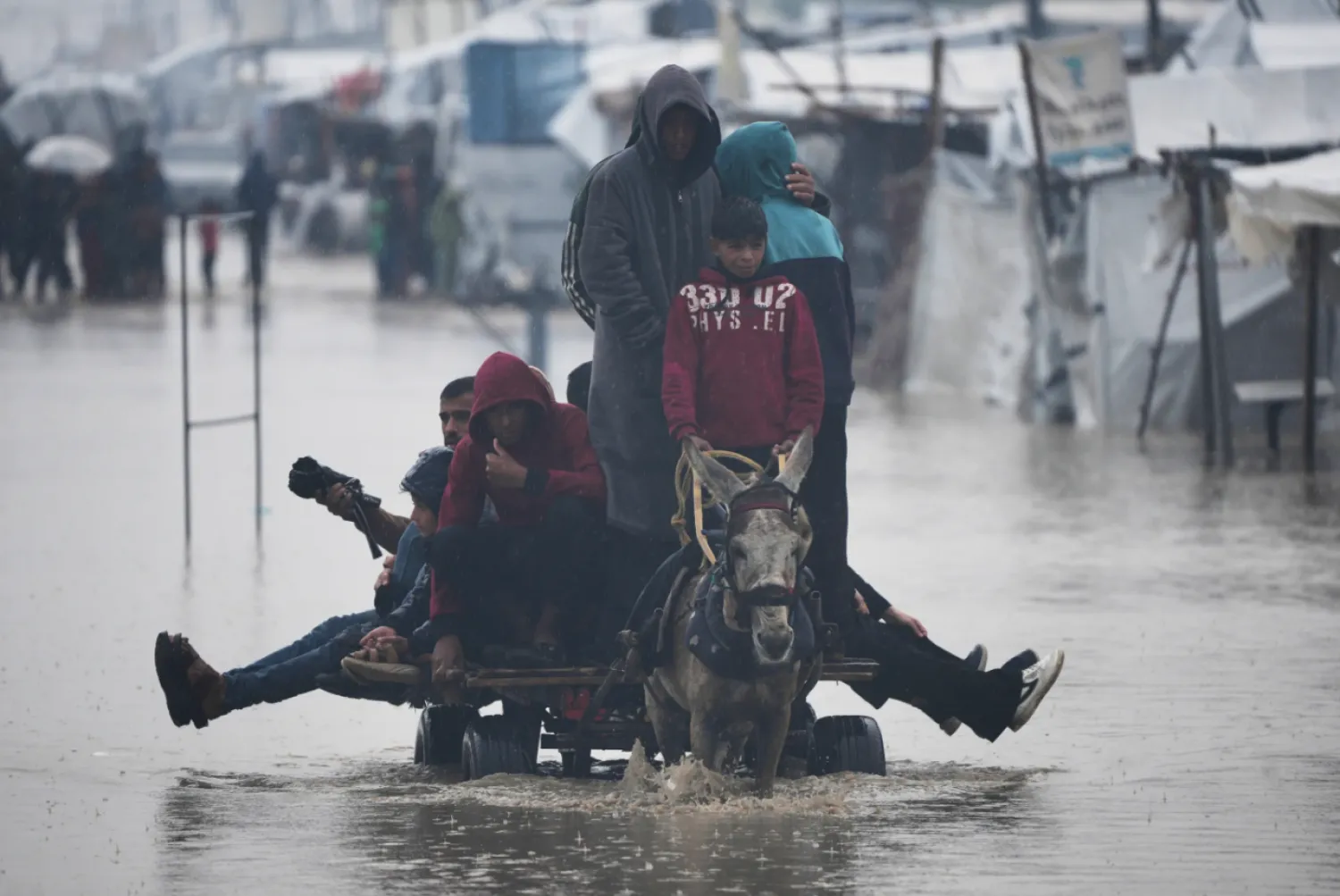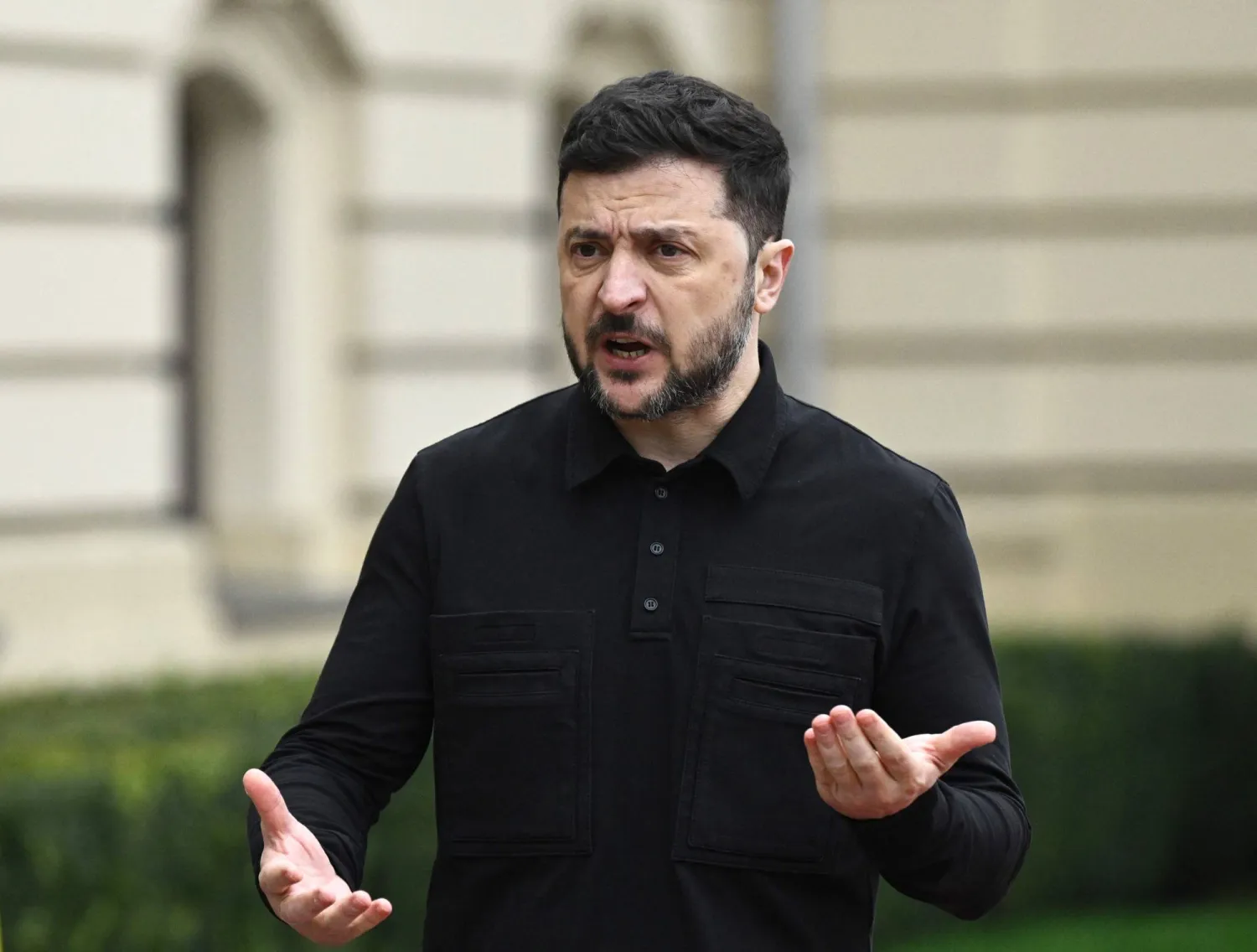The rubble and twisted metal of Kamel Ajour's smashed-up Gaza bakery underscores one reason starving people in the north of the bombarded enclave are reduced to eating raw cactus leaves after nearly five months of Israel's military campaign.
Bread will be critical to any sustained effort to relieve Palestinian hunger, with one in six children in northern Gaza wasting from malnutrition, but most bakeries lie in rubble from Israeli bombardment and aid deliveries of flour are rare.
"We have five bakeries. This bakery was bombed and other bakeries have been damaged. We have three bakeries that can become functional," said Ajour, in a video obtained by Reuters in Jabalia refugee camp in Gaza City in the north of the strip.
A crane lifted equipment from the ruins that Ajour hoped to salvage. Inside, the metal ovens and trays were piled ramshackle amid the wreckage.
An Israeli truce proposal now being studied by Hamas would allow for the import of bakery equipment and fuel to power the ovens.
"It is most important to have a ceasefire and for bakeries to function again so we can find something to eat, and for our children, our loved ones, our families," said Basel Khairuldeen in Gaza City.
With bakeries destroyed or unable to function for lack of fuel, people have had to bake bread themselves as best they can over fires made with wood salvaged from ruined buildings.
Even small amounts of flour are often impossible to find, or too expensive to buy when available. People make bread from animal feed and birdseed. Most say they can only eat once a day at most.
Sitting by a still intact house in Jabalia, the Awadeya family have taken to eating the leaves of prickly pear cactuses to ward off hunger.
While the fruit of prickly pear cactuses are commonly eaten around the Mediterranean, the thick, sinewy leaves are only ever consumed by animals, mashed up in their feed.
Marwan al-Awadeya sat in a wheelchair, peeling off the spines and slicing off chunks of the cactus for himself and two small children in a video obtained by Reuters.
"We're living in famine. We have exhausted everything. There's nothing left to eat," he said, adding that he had lost 30 kg from hunger during the conflict.
Aid supplies
The war began when Hamas fighters rampaged into Israel on Oct. 7 killing 1,200 people and seizing 253 hostages, according to Israeli tallies. Israel's military campaign has killed around 30,000 Palestinians say health authorities in Hamas-run Gaza.
While aid is flowing into southern parts of the strip, though too slowly to avert a hunger crisis even there, it barely makes it to northern areas that are further from the main border crossing and only accessible through more active battle fronts.
On Tuesday, the UN humanitarian agency OCHA said a quarter of people in Gaza were one step away from famine, warning that such a disaster would be "almost inevitable" without action.
Israel says there is no limit to the amount of humanitarian aid for civilians in Gaza.
However, OCHA told the Security Council that relief agencies face "overwhelming obstacles" including restrictions on movement, crossing closures, access denials and onerous vetting procedures.
The Israeli military branch responsible for aid transfers, COGAT, said on Wednesday that 31 trucks had reached northern Gaza overnight, but had no details on distribution, saying this was up to the United Nations.
Israel has said the failure to get enough aid into Gaza to meet humanitarian needs is due to UN distribution failures.
Rare aid deliveries into northern Gaza have been chaotic, with convoys of trucks often mobbed by desperate people as they arrive.
In Gaza City, Umm Ibraheem said she just hoped a ceasefire could be agreed and food start to flow back to northern Gaza.
"You can see how people are starving, dying of hunger and thirst," she said.









